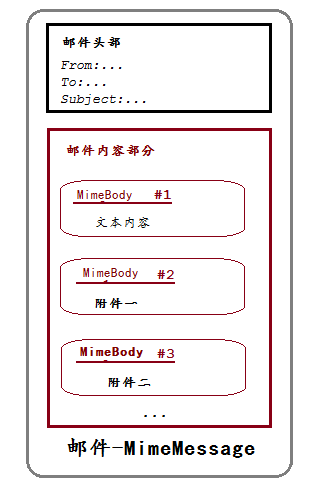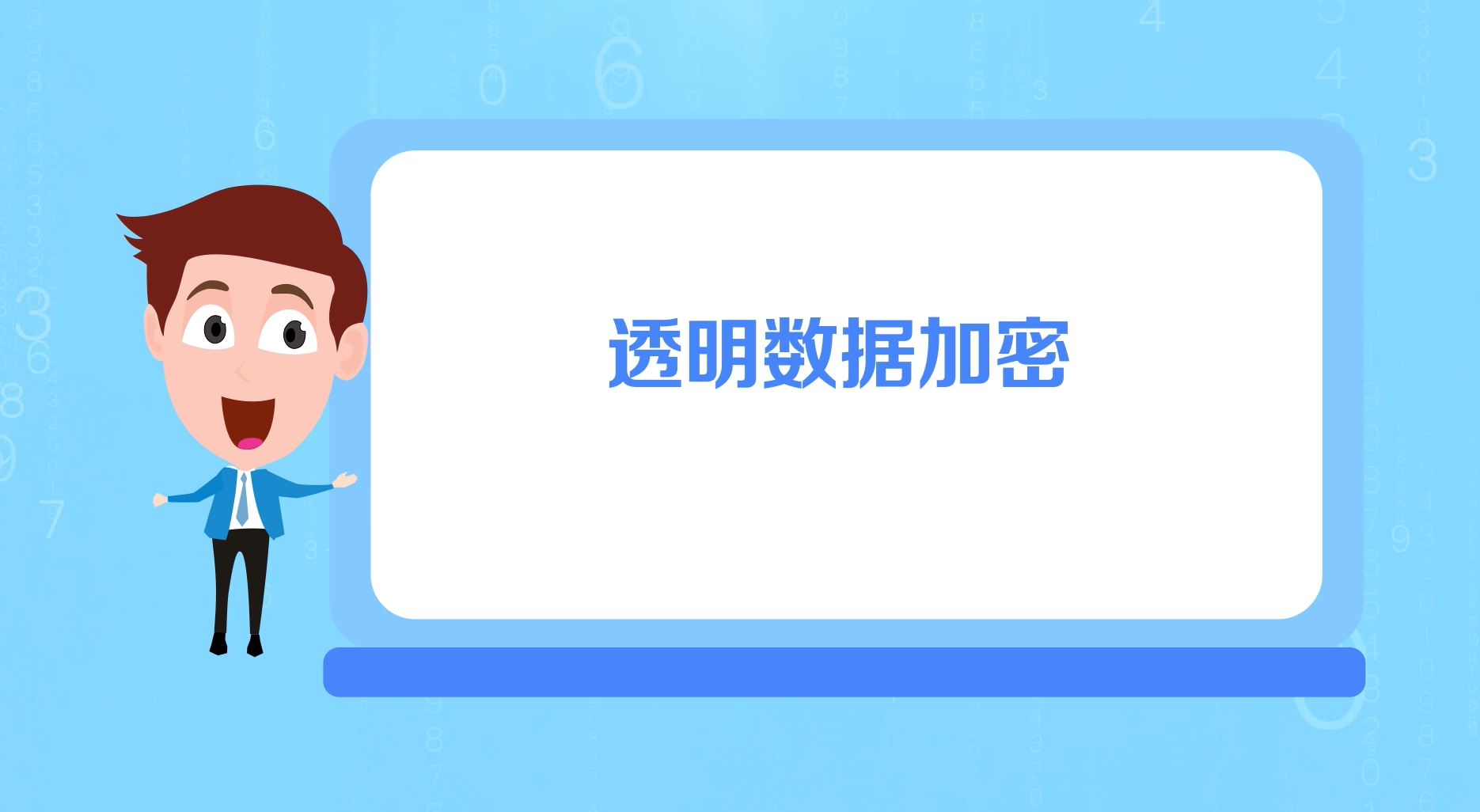android 信息添加附件功能,Android实现带附件的邮件发送功能
本文实例讲解了基于基于JMail实现Android邮件发送功能,分享给大家供大家参考,具体内容如下在android上发送邮件方式:第一种:借助GMail APP客户端,缺点是必须使用GMail帐号,有一点是比较方便,不需要写很多代码,但是不是很灵活。第二种:基于JMail实现,可以很灵活的自己设置各种属性,不需要GMail帐号在第二种方式的实现之前,看一下JMail对EMail结构的划分:基于SM
本文实例讲解了基于基于JMail实现Android邮件发送功能,分享给大家供大家参考,具体内容如下
在android上发送邮件方式:
第一种:借助GMail APP客户端,缺点是必须使用GMail帐号,有一点是比较方便,不需要写很多代码,但是不是很灵活。
第二种:基于JMail实现,可以很灵活的自己设置各种属性,不需要GMail帐号
在第二种方式的实现之前,看一下JMail对EMail结构的划分:

基于SMTP协议发送EMail,所以客户端必须要知道SMTP的主机。
腾讯邮件的SMTP主机为:stmp.qq.com端口为465基于SSL协议。
最后我做了一个简单的封装,把发送文本加图像附件的功能做出了。
一个单独的Class,只要调用一下即可完成:
package com.gloomyfish.jmail.demo;
import java.util.Date;
import java.util.Properties;
import javax.activation.DataHandler;
import javax.activation.DataSource;
import javax.activation.FileDataSource;
import javax.mail.Address;
import javax.mail.Message;
import javax.mail.Multipart;
import javax.mail.Session;
import javax.mail.Transport;
import javax.mail.internet.InternetAddress;
import javax.mail.internet.MimeBodyPart;
import javax.mail.internet.MimeMessage;
import javax.mail.internet.MimeMultipart;
public class EMailSender {
private String host;
private String port;
private String userName;
private String password;
private String[] images;
public String[] getImagePath() {
return images;
}
public void setImagePath(String[] imagePath) {
this.images = imagePath;
}
public EMailSender(String host, String port, String userName, String password)
{
this.host = host;
this.port = port;
this.userName = userName;
this.password = password;
}
public void sendEmail(String subject, String recepits, String sender, String content)
{
Properties props = new Properties();
props.put("mail.smtp.host", host); //设置smtp的服务器地址
// props.put("mail.smtp.starttls.enable", "true");
// props.put("mail.smtp.port", port); // 设置端口
// props.put("mail.smtp.auth", "true"); //设置smtp服务器要身份验证。
props.put("mail.smtp.socketFactory.port", port);
props.put("mail.smtp.socketFactory.class", "javax.net.ssl.SSLSocketFactory");
props.put("mail.smtp.auth", "true");
props.put("mail.smtp.port", port);
// 返回授权Base64编码
PopupAuthenticator auth = new PopupAuthenticator(userName, password);
// 获取会话对象
Session session = Session.getInstance(props, auth);
// 设置为DEBUG模式
session.setDebug(true);
// 邮件内容对象组装
MimeMessage message = new MimeMessage(session);
try
{
Address addressFrom = new InternetAddress(sender, "Jia Zhi Gang");
Address addressTo = new InternetAddress(recepits, "My QQ E-Mail");
message.setSubject(subject);
message.setSentDate(new Date());
message.setFrom(addressFrom);
message.addRecipient(Message.RecipientType.TO,addressTo);
// 邮件文本/HTML内容
Multipart multipart = new MimeMultipart();
MimeBodyPart messageBodyPart = new MimeBodyPart();
messageBodyPart.setContent(content, "text/html");
multipart.addBodyPart(messageBodyPart);
// 添加邮件附件
if (images != null && images.length > 0) {
for (String filePath : images) {
MimeBodyPart attachPart = new MimeBodyPart();
DataSource source = new FileDataSource(filePath);
attachPart.setDataHandler(new DataHandler(source));
attachPart.setFileName(filePath);
multipart.addBodyPart(attachPart);
}
}
// 保存邮件内容
message.setContent(multipart);
// 获取SMTP协议客户端对象,连接到指定SMPT服务器
Transport transport = session.getTransport("smtp");
transport.connect(host, Integer.parseInt(port), userName, password);
System.out.println("connet it success!!!!");
// 发送邮件到SMTP服务器
Thread.currentThread().setContextClassLoader( getClass().getClassLoader() );
Transport.send(message);
System.out.println("send it success!!!!");
// 关闭连接
transport.close();
}
catch(Exception e)
{
e.printStackTrace();
}
}
public String getHost() {
return host;
}
public void setHost(String host) {
this.host = host;
}
public String getPort() {
return port;
}
public void setPort(String port) {
this.port = port;
}
public String getUserName() {
return userName;
}
public void setUserName(String userName) {
this.userName = userName;
}
public String getPassword() {
return password;
}
public void setPassword(String password) {
this.password = password;
}
}
用户授权类:
package com.gloomyfish.jmail.demo;
import javax.mail.Authenticator;
import javax.mail.PasswordAuthentication;
class PopupAuthenticator extends Authenticator {
private String userName;
private String password;
public PopupAuthenticator(String userName, String password)
{
this.userName = userName;
this.password = password;
}
public PasswordAuthentication getPasswordAuthentication() {
return new PasswordAuthentication(userName, password);
}
}
特别注意:
在android上发送邮件必须自己导入三个相关的JAVA文件

以上就是本文的全部内容,希望对大家的学习Android软件编程有所帮助。
更多推荐
 已为社区贡献5条内容
已为社区贡献5条内容









所有评论(0)